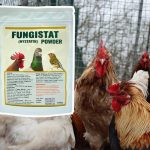How Cold Is Too Cold For Chickens?
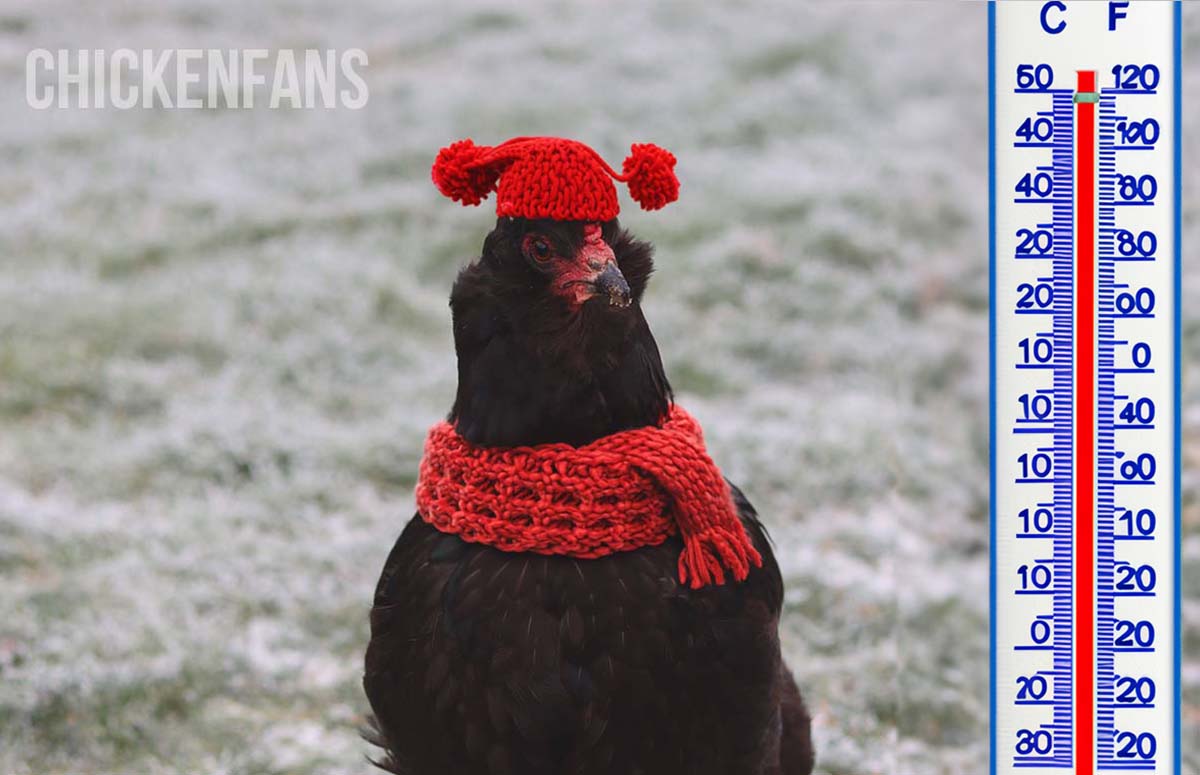
Chickens are hardy animals and can withstand a wide range of temperatures, especially colder ones. However, there is a limit to how much cold they can tolerate. If the temperature drops too low, chickens become cold-stressed, which can lead to various health issues and even death.
Let’s explore how cold is too cold for chickens and chicks, the signs of cold stress, and the steps you can take to keep your flock safe during extreme winter weather.
How Cold is Too Cold for Chickens?
Cold stress in chickens can occur when temperatures reach below 35°F (1.5°C), but heavier breeds adapt better to cold temperatures than bantams. Look for signs of huddling, puffing feathers, and reduced activity. Chickens are most comfortable in temperatures between 60-75°F (15-24°C).
Unfortunately, there is no one-size-fits-all answer to this question, as the temperature a chicken can tolerate depends on the breed, the coop’s insulation, and other factors. In general, non-cold-resistant breeds, like most bantams or Mediterranean breeds, should not be exposed to temperatures below 35°F (1.5°C). Heavier breeds like Orpingtons and Rhode Island Reds, however, can tolerate temperatures as low as 20°F without any issues.
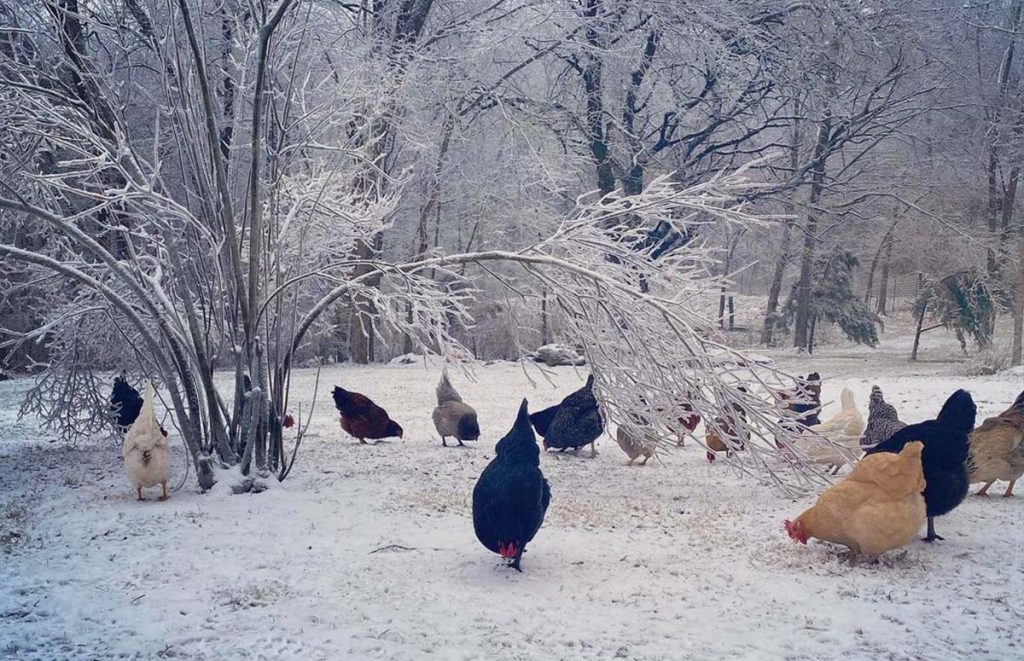
Ensure your chickens have suitable shelter in cold weather conditions. While heating isn’t always necessary, insulating the coop to maintain temperatures above or around freezing is. This allows your chickens to decide for themselves whether they want to stay inside or explore outside. If they are too cold, they will go back inside the coop.
Overall, all chicken breeds tolerate cold temperatures better than hot ones. Heat stress in chickens is much more common than cold stress.
How Cold is Too Cold for Chicks?
Chicks cannot regulate their body temperature yet, making them very cold-sensitive. You must maintain their warmth with heat lamps at 90-95°F, lowering 5°F weekly. Comfortable room temperatures of around 70°F are too cold for young chicks; they must be at least five weeks old to be exposed to this temperature. Chicks will die quicker if they are too cold.
Understanding Cold Stress in Chickens
A chicken’s normal body temperature is around 104-107°F (41-42°C). While they can tolerate various temperatures and even withstand cold winters, cold stress can occur when a chicken’s body temperature drops due to excessive heat loss.
Signs of cold stress in chickens are huddling together, holding a foot up to their chest, puffing their feathers, and decreasing activity. Prolonged exposure to extreme cold will have serious consequences for your flock. It may lead to reduced egg production, slower growth, a weakened immune system, and even death.
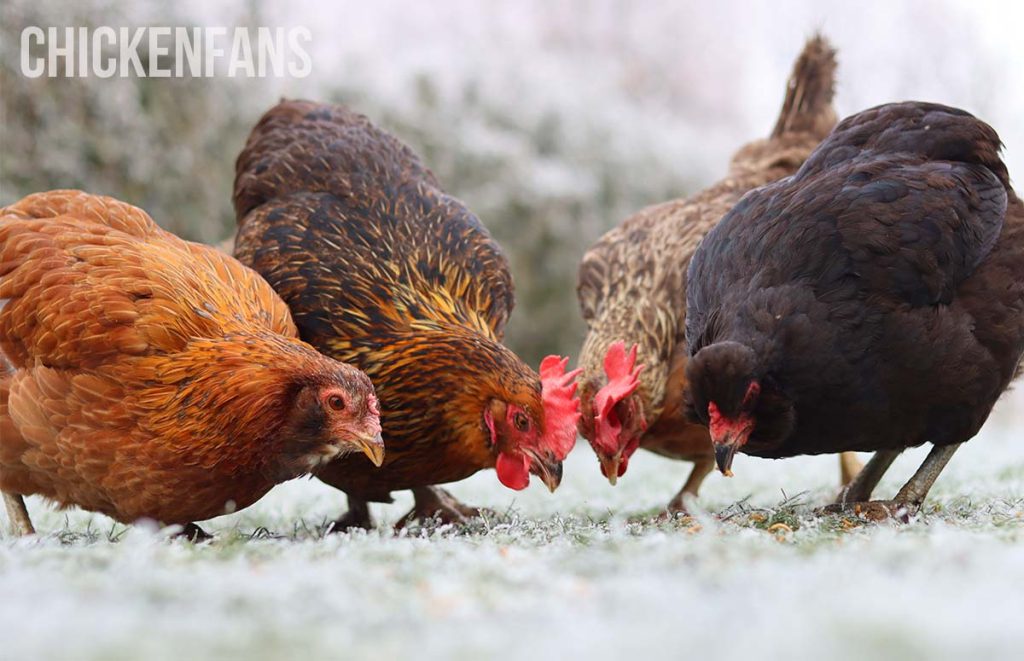
Ideal Temperature Range
Remember that different breeds have different cold and heat tolerance levels. Heavier, more winter-hardy breeds, like the Orpington or Australorp, tend to handle cold better. Mediterranean breeds and chickens with a larger comb, like the Andalusian or Sicilian Buttercup, usually cope better with warmer temperatures.
If you’re unsure about your flock’s cold or heat tolerance, always watch them closely during extreme temperatures and maintain proper care. Extra supervision during heatwaves or extreme cold winters is always necessary, regardless of the breeds you’re keeping.
Cold Weather (Winter)
- The ideal temperature for chickens is around 60-75°F (15-24°C).
- Cold stress can begin to set in when temperatures drop below 35°F (1.5°C) or around freezing.
- Signs of cold stress are huddling together, puffing up feathers, and reduced activity.
Warm Weather (Summer)
- The ideal temperature during summer is maximum 75°F (24°C) or below
- Ambient temperatures above 85°F (30°C) impact chickens negatively
- Temperatures of 100°F (38°C) can be deadly
- Next to the temperature, humidity is an important factor when dealing with heat stress
Cold-Hardy Chicken Breeds
Cold-hardy chicken breeds are more suited to withstand cold temperatures and harsh winters without suffering from cold stress. In general, chickens should not be exposed to temperatures below freezing; however, some breeds can tolerate temperatures as low as 20°F (-7°C) without any issues.
Cold-resistant chicken breeds often share the same characteristics, although variations are possible. Some notable examples of these traits are:
- Feathering: They basically have dense, fluffy feathering that provides insulation.
- Smaller combs and wattles: Breeds with smaller combs and wattles are less prone to frostbite and more protected from the cold.
- Behavior: Cold-hardy breeds tend to be more active and better at foraging, even in cold weather.
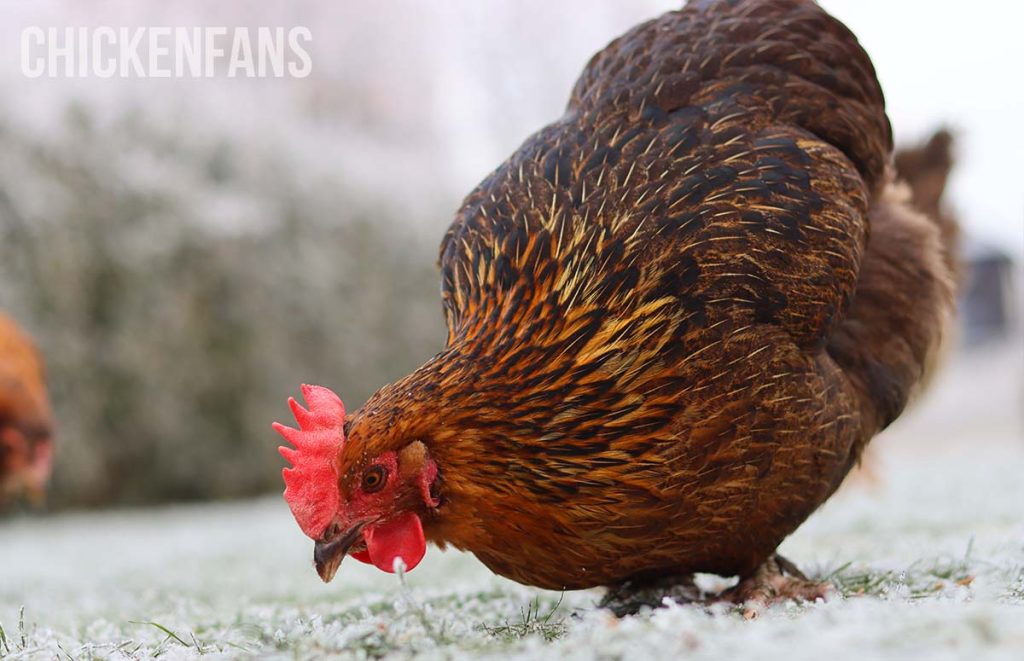
Examples of Cold-Hardy Breeds
One of the most cold-hardy breeds in the world is the Pavlovskaya chicken, a unique Russian chicken breed. Unfortunately, Pavlovskaya chickens are quite rare, but there are a lot of common breeds that can handle cold weather pretty well.
Notable cold-hardy chicken breeds include:
- Orpington
- Hedemora
- Wyandotte
- Australorp
- Sussex
- Brahma
- Plymouth Rock
- Rhode Island Red
- Jersey Giant
- Ameraucana
All chickens on this list are heritage breeds, but hybrid chickens are also quite cold-hardy. Hybrid chickens are a mix of several breeds or hybrids to create a bird with specific traits, for example, great egg layers, blue egg layers, black skin and feathers,… Mostly, hybrid chickens are very hardy but have a shorter lifespan than heritage chickens.
Noteworthy: Although Silkies are overall considered to be cold-hardy, they may not be the best breed to keep in snowy and wet climates. Their fluffy plumage does not like wet or cold weather, as it’s not waterproof.
The same goes for all chicken breeds with feathered feet, like Brahmas or Faverolles. They don’t like mud or wet environments, and their feet are prone to frostbite if the humidity is high. Place the coop in the dryest area of the backyard, and try to keep it as dry as possible using leaves or wood chips during winter.
How To Keep Chickens Warm in Winter?
As winter approaches and temperatures drop, your flock’s well-being becomes a top priority. If temperatures don’t go below freezing, your chickens won’t have any trouble surviving winter. But extra care should be taken for those living in more extreme environments or with harsher winds so your chickens can thrive even in chilly conditions.
Here are some essential tips to keep your chickens warm and protected during winter.
- Insulate the coop: Insulate the walls, ceiling, and floor to prevent drafts, but make sure the coop remains well-ventilated.
- Extra bedding: Provide a thick layer of bedding for extra insulation or practice the deep litter method.
- Ventilation: Ventilating the chicken coop is always important, but even more during winter. Maintain proper airflow to prevent moisture from building up.
- Prevent water from freezing: ensure your chickens have access to clean, unfrozen water all the time.
- Additional heat source: In extreme circumstances, you can consider adding additional heat sources like radiant heaters, but even better is to temporarily keep your chickens in an insulated shed or garage.
- Balanced diet: Feed your chickens a balanced diet to help them maintain body temperature. Increase feed intake during cold weather.
- Monitor their behavior: If they’re active and exploring outside, they’re likely warm enough. If they huddle and stay indoors, they might be too cold.
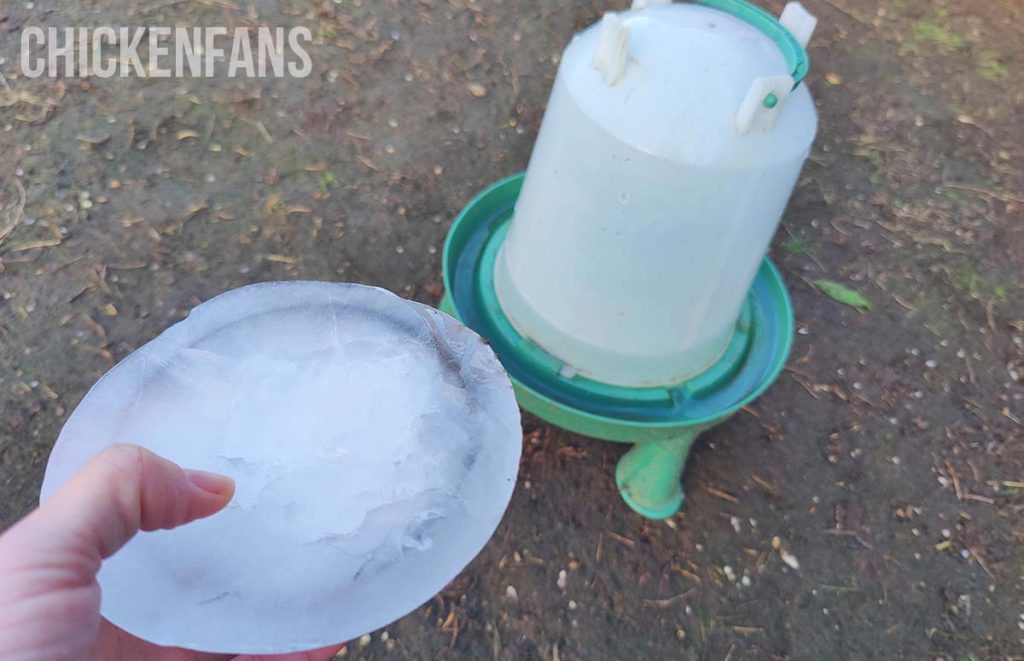
What Not To Do:
- Use artificial light during winter to increase egg production: Extended artificial light manipulates a chicken’s natural egg-laying cycle and can potentially cause stress. Let nature take its course.
- Don’t use improper heating equipment or overload electric circuits: Using additional heat sources in the coop isn’t always without risk. There are several important precautions to take to ensure the safety of your flock.
- Leave your chickens alone for days: Chickens can be left alone for a few days if they have access to water and food, but avoid doing so during extreme cold or warm weather. Always monitor your flock multiple times per day.
Health Risks for Chickens During Cold Weather
Extreme cold weather can pose severe health risks to chickens, potentially compromising their overall health and survival chances. Some of these risks are:
- Frostbite: A chicken’s comb and wattles are very susceptible to frostbite in cold conditions. Prolonged exposure to freezing temperatures without adequate protection can lead to tissue damage and frostbite.
- Respiratory issues: Cold air can stress chickens’ respiratory systems, making them more susceptible to respiratory infections.
- Dehydration: Chickens may drink less during freezing temperatures, especially if their drinking water freezes over. This will affect their overall health and egg production and may lead to egg-binding.
- Higher mortality: Severe cold without proper shelter or warmth can lead to hypothermia and death, particularly for younger or weaker birds.
Summary
Understanding how cold is too cold for chickens is essential for maintaining a healthy flock. By providing proper shelter, supplemental heat, balanced nutrition, and regular care, you will help your chickens thrive in cold weather.




















